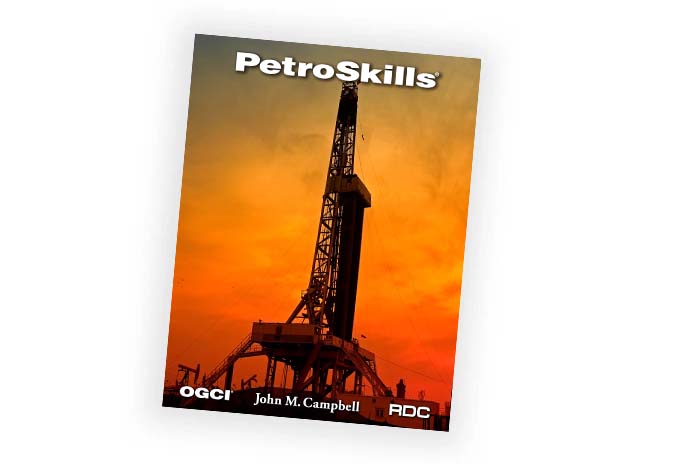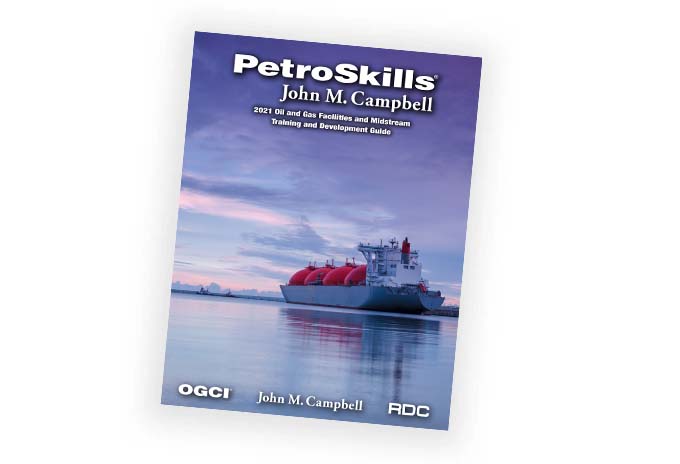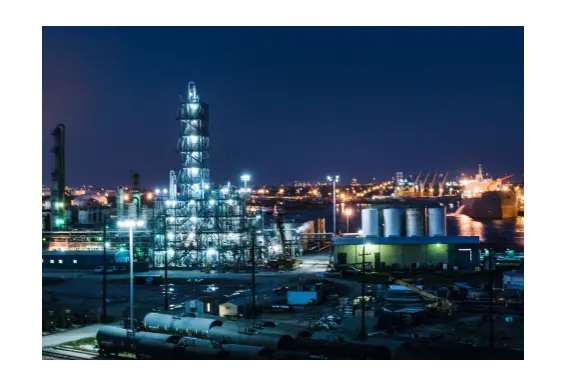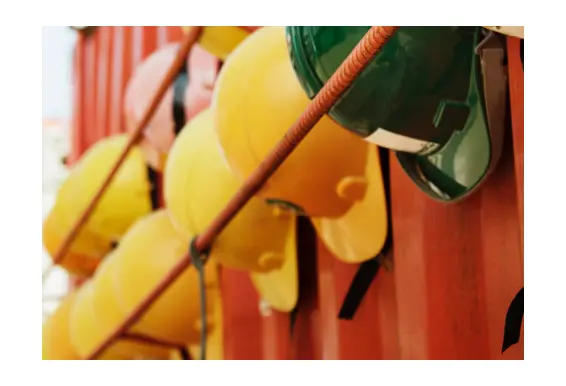Reservoir geomechanics addresses a variety of problems associated with different subsurface operations in both conventional reservoirs and unconventional plays. While the methodologies used for solving these problems seem somewhat different, a high-level problem-solving structure can be identified in many of these solutions.
This introductory webinar will present this structure and its four key elements: initial conditions, disturbing events, mechanisms of disturbance, and rock mechanical responses. These elements will be further explored through their roles in various geomechanical problems such as stress characterization of shale plays, reservoir compaction and field subsidence, and caprock integrity for in-situ thermal operations.
The webinar will place emphasis on the value of integrating data, knowledge, and expertise from other disciplines such as geology, geophysics, petrophysics, drilling and reservoir engineering to improve the reliability and efficacy of geomechanical solutions.
Register to view Session Recording
WEBINAR OBJECTIVES
>> Identify major steps of characterization and modeling for solving geomechanical problems
>> Enhance the knowledge and skills of the participants in fundamental concepts and mechanisms of reservoir geomechanics
>> Help the attendees to clearly realize the value of collaborative and inter-disciplinary studies for solving problems in reservoir geomechanics
WHAT WILL ATTENDEES LEARN?
>> Participants will gain the knowledge required for dissecting different geomechanical problems into their key components and preparing high-level strategies for solving these problems.
>> Participants will be introduced to several important geomechanical concepts and mechanisms such as in-situ stress evolution, arching effect, delayed subsidence, fault reactivation, pore collapse, induced stress change and containment breach.
>> Participants will enhance their knowledge in characterization of mechanical rock properties and in-situ stresses and the influences of different factors such as reservoir pressure, geological features, fracture fabrics, texture, and mineralogy on these parameters.
>> Participants will learn about incorporating data and expertise from other disciplines into proper frameworks for geomechanical modeling and analysis.
WHO SHOULD ATTEND?
This webinar will be valuable for reservoir, production, drilling and completion engineers along with geologists, geoscientists, and team managers involved in different subsurface operations requiring geomechanical studies.
Register to view Session Recording
ABOUT THE PRESENTER
Dr. Mehrdad Soltanzadeh is a geomechanics expert with over two decades of industrial and academic experience in different areas of geomechanics such as drilling, fracking, geological storage, in-situ thermal operations and integrated subsurface characterization. Examples of his recent works are development of hybrid data-physics analytics algorithms for optimizing the operations in unconventional plays and investigation of the role of progressive aseismic failure in fracking-induced seismicity. He is the director of PetroGem Inc., a company that provides consulting, training, and software solutions to the upstream oil & gas industry. Mehrdad holds multiple degrees in civil, geotechnical and geological engineering. Mehrdad has taught at multiple universities and he has been a Petroskills instructor since 2013. Mehrdad is a registered professional engineer and the author of several technical papers in reservoir geomechanics.









